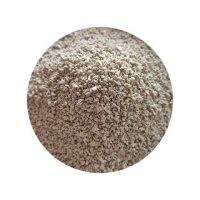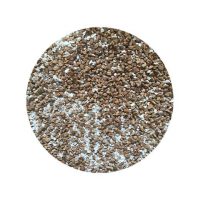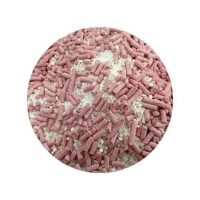Tired of guessing how much cat litter to buy?
Fumbling with bags and wondering if you’ve got enough can be a real hassle. Let’s simplify your litter box routine! In this blog post, we’ll dive into the purr-fect formula to determine the ideal amount of litter for your feline friend.
Whether you’re a seasoned cat parent or a newbie, understanding your cat’s litter needs is key to maintaining a happy and healthy home environment.
How Many Pounds of Cat Litter Per Cat?
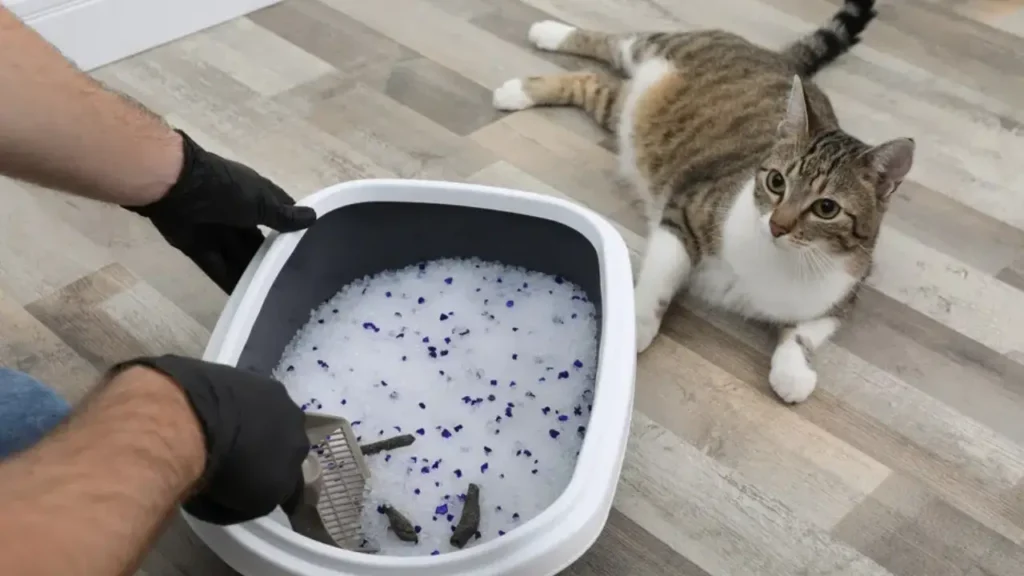
The general rule of thumb is that one cat will use about 7 pounds of clay litter per week, or 28 pounds per month. However, this can vary depending on several factors:
Factors Affecting Litter Usage:
- Cat’s Size and Breed: Larger cats may use more litter than smaller ones.
- Number of Cats: More cats mean more litter usage.
- Litter Box Size and Quantity: Larger litter boxes and multiple boxes can reduce litter usage.
- Type of Litter: Different litter types (clay, silica gel, etc.) have varying absorption rates.
- Cat’s Health: Health conditions can affect litter box habits and usage.
How Much Litter to Use Per Box:
- Fill the box with 2-3 inches of litter. This depth is ideal for proper clumping and odor control.
- Scoop the litter box at least once a day. This helps maintain cleanliness and reduce odor.
- Completely replace the litter every 1-2 months. This helps prevent the buildup of bacteria and odors.
Remember, these are just estimates. It’s always a good idea to monitor your cat’s litter usage and adjust as needed. If you notice that you’re going through litter more quickly than expected, you may need to increase the amount of litter per box or add another litter box.
By following these guidelines, you can ensure that your cat has a clean and comfortable litter box while minimizing waste and saving money.
How Many Pounds of Cat Litter per Month
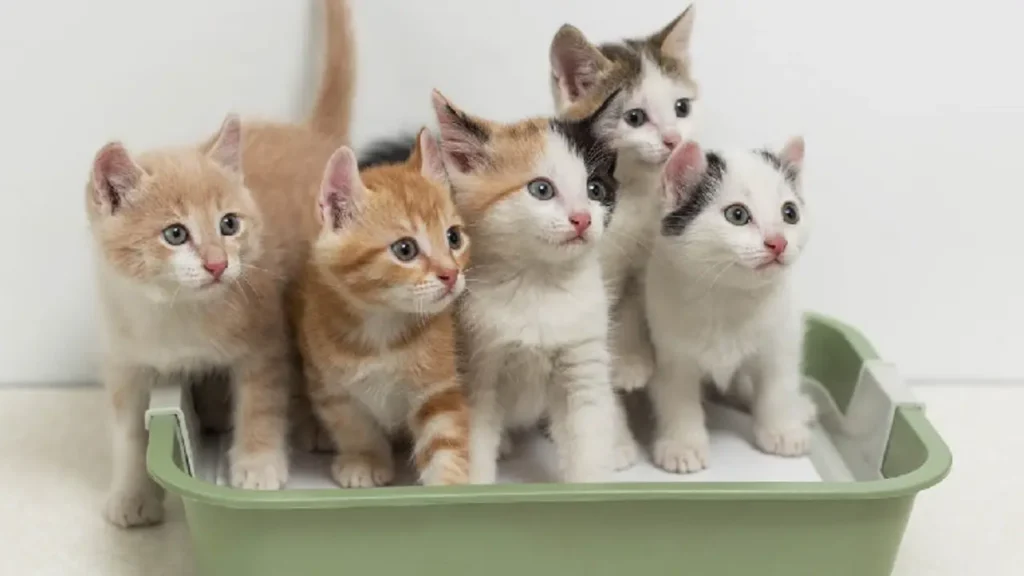
On average, one cat will use about 28-40 pounds of cat litter per month. However, this can vary depending on several factors:
- Cat’s Size and Breed: Larger cats may use more litter than smaller ones.
- Number of Cats: More cats mean more litter usage.
- Litter Box Size and Quantity: Larger litter boxes and multiple boxes can reduce litter usage.
- Type of Litter: Different litter types (clay, silica gel, etc.) have varying absorption rates.
- Cat’s Health: Health conditions can affect litter box habits and usage.
Here’s a breakdown:
- Small cats: Approximately 28 pounds per month.
- Large cats: Approximately 40 pounds per month.
To ensure your cat’s litter box is always clean and fresh:
- Fill the box with 2-3 inches of litter.
- Scoop the litter box daily.
- Replace the entire litter every 1-2 months.
By following these tips and monitoring your cat’s litter usage, you can determine the best amount of litter for your household.
Is 16lb Cat Litter Enough
A 16-pound bag of cat litter can last about a month for one cat. However, this can vary depending on factors like:
- Number of Cats: More cats will use more litter.
- Cat Size: Larger cats may use more litter.
- Litter Box Size and Quantity: Multiple litter boxes or larger boxes can reduce litter usage.
- Litter Type: Different litter types have varying absorption rates.
- Cat’s Health: Health conditions can affect litter box habits and usage.
To ensure your cat’s litter box is always clean and fresh:
- Fill the box with 2-3 inches of litter.
- Scoop the litter box daily.
- Replace the entire litter every 1-2 months.
By following these tips and monitoring your cat’s litter usage, you can determine the best amount of litter for your household.
Issues From Improper Cat Litter Usage
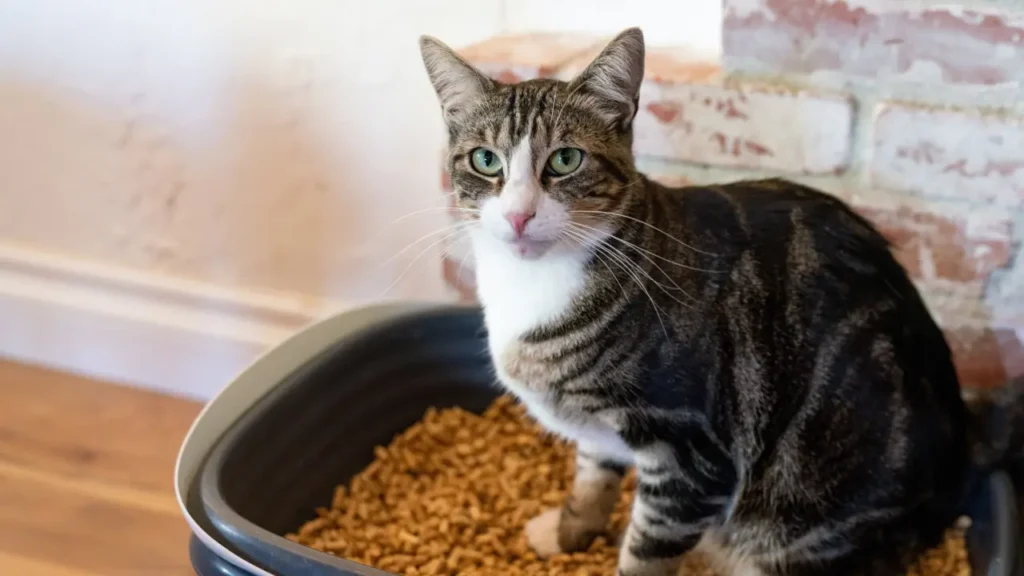
Improper litter box usage can lead to several issues, including:
Behavioral Problems:
- House Soiling: Cats may start urinating or defecating outside the litter box if it’s not clean enough or if they dislike the litter.
- Stress and Anxiety: A dirty or inadequate litter box can cause stress and anxiety in cats, leading to behavioral problems like aggression or over-grooming.
Health Issues:
- Infection: Dirty litter boxes can harbor bacteria and parasites, increasing the risk of infection for your cat.
- Respiratory Problems: Dusty litter can irritate your cat’s respiratory system, especially for cats with allergies or sensitivities.
Home Odor:
Unpleasant Smells: A dirty litter box can cause unpleasant odors to permeate your home.
To prevent these issues, it’s important to:
- Clean the Litter Box Regularly: Scoop out solid waste daily and replace the entire litter box contents every 1-2 weeks.
- Choose the Right Litter: Select a litter that suits your cat’s preferences and effectively controls odors.
- Provide Enough Litter Boxes: For multi-cat households, provide one litter box per cat, plus one extra.
- Keep the Litter Box Clean: Wash the litter box with hot, soapy water and let it dry completely before refilling it.
- Maintain Proper Litter Depth: Ensure the litter is deep enough for your cat to cover their waste.
- Place the Litter Box in a Quiet, Private Location: Avoid placing the litter box in noisy or high-traffic areas.
By following these tips, you can help maintain a clean and healthy environment for your cat and prevent litter box-related problems.
How Much Cat Litter to Use
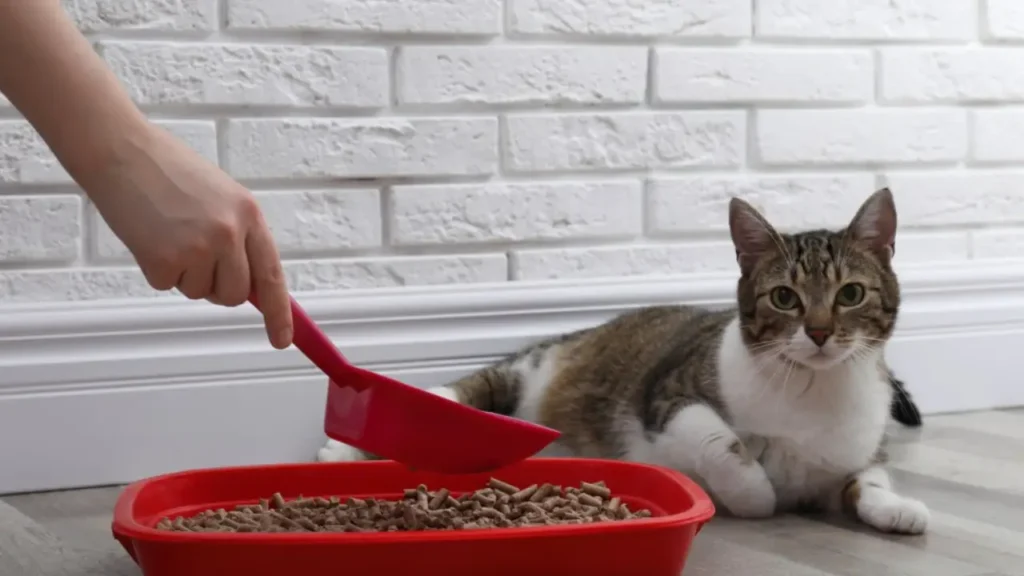
The ideal amount of cat litter to use is 2-3 inches deep in a standard litter box. This depth provides enough coverage for your cat to bury their waste properly, helping to control odors.
Important considerations:
- Cat’s digging preferences: Some cats like to dig deeper than others. If your cat is a big digger, you might consider adding an extra inch or two of litter to the box.
- Litter box size: The size of the litter box will also influence how much litter you need. For larger litter boxes, you might need more litter to maintain the proper depth.
- Number of cats: If you have multiple cats, you might need to increase the amount of litter per box to accommodate their combined waste.
- Litter type: The type of litter you use can also affect how much you need. Some litters, like clay litter, may require more frequent refilling than others.
Additional tips:
- Scoop the litter box daily: This will help to remove waste and keep the litter fresh.
- Change the litter completely every 1-2 weeks: This will help to prevent odors and keep the litter box clean.
- Consider using a litter mat: A litter mat can help to catch litter that your cat tracks out of the box, making cleanup easier.
By following these tips, you can ensure that your cat has a clean and comfortable litter box that helps to control odors and promote good hygiene.
Conclusion
By understanding your cat’s unique needs and following these simple guidelines, you can ensure that their litter box is always clean, comfortable, and odor-free. This will contribute to their overall health and happiness.
Need a reliable source for high-quality cat litter? We can offer a wide range of premium cat litter options to suit your cat’s specific needs. From clumping clay to eco-friendly alternatives, we have everything you need to keep your feline friend happy and healthy.
Shop now and experience the difference!





